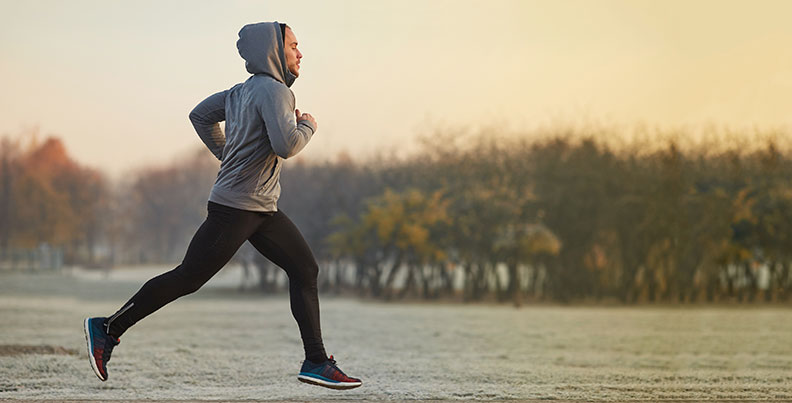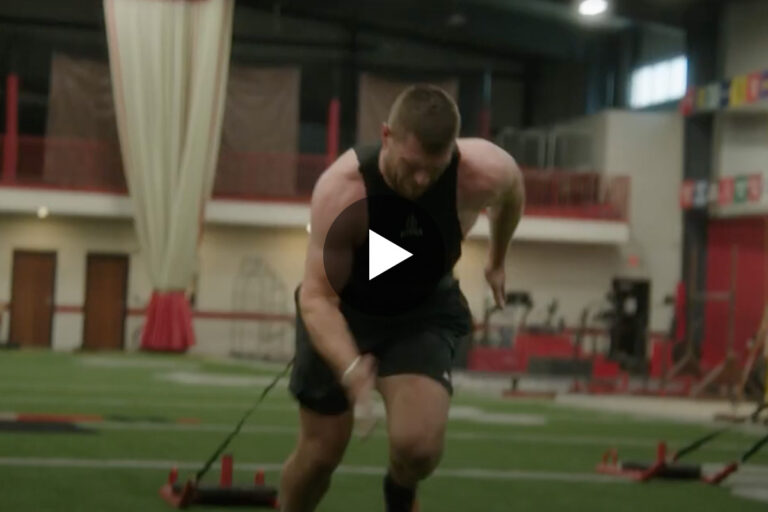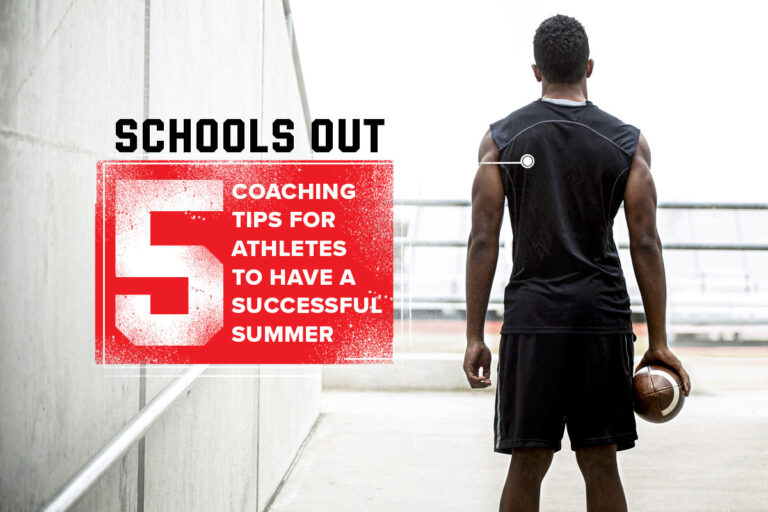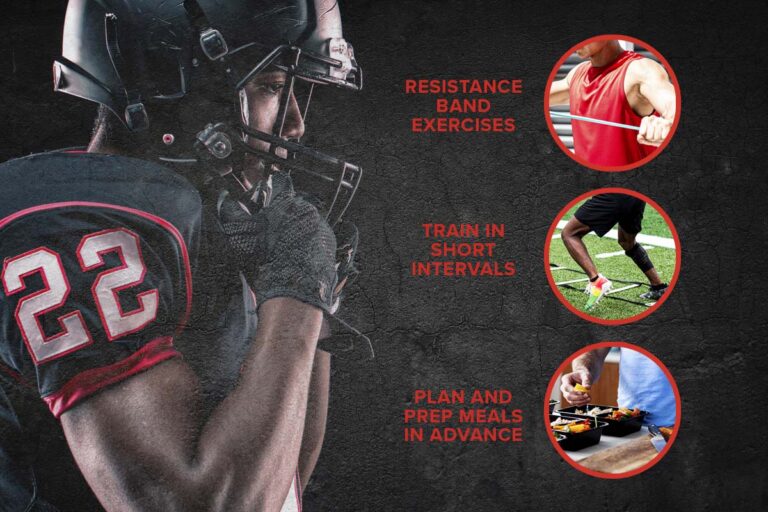As the temperature outside begins to drop, your outdoor workouts should start heating up. Sure, it’s not always easy leaving your warm and cozy home in the winter – especially when you know you’re going to be greeted by the bitter cold – but there are many benefits to cold weather outdoor training for those who are willing to power through and brave the elements.
“Your body burns more calories when exercising outdoors in the winter because it’s utilizing more energy to keep the body warm and sustain activity,” says Jasmin Theard, ACSM HFS, an exercise physiologist at Piedmont Atlanta Fitness Center. “It’s invigorating, plus you’ll get fresh air, vitamin D, and a change of scenery.”
And due to the coronavirus pandemic, health experts are recommending training outside rather than inside gyms and fitness studios.
“I think outdoors is so much better than indoors in almost all cases,” says Linsey Marr, an engineering professor and aerosol scientist at Virginia Tech, in a New York Times story titled “What We Know About Your Chances of Catching the Virus Outdoors.” “There’s so much dilution that happens outdoors. As long as you’re staying at least six feet apart, I think the risk is very low.”
Exercising outdoors is also good for your body and mind. It can help boost energy and possibly prevent weight gain “during the time of the year most people add some extra insulation,” according to “12 Winter Workout Tips for Exercising Outdoors No Matter the Weather” for Everyday Health.
So, get ready to exercise outside this winter with these five cold weather outdoor training tips.
1. MAKE SURE YOU’RE DRESSED PROPERLY
When it comes to training outside in the cold, the best thing that you can do is dress properly. We recommend starting with a good base layer and choosing clothing with dry fabrics that wick moisture away.
“Wet fabric next to your skin will zap your body heat and give you an unwanted chill,” says Jeff Galloway, a former Olympic runner and the author of Running: Getting Started, in the Everyday Health article.
This means steering away from cotton, since it can hold onto moisture. Instead, opt for synthetic fabrics that help pull sweat away from your skin. Depending on the temperature outside and your training program, a middle layer like fleece can help keep you warm.
But, not too warm!
According to the Mayo Clinic, dressing too warmly is a big mistake when training in cold weather, since exercise generates a good amount of heat. This is enough to make you feel like it’s warmer than it is. The Mayo Clinic recommends monitoring how you’re feeling as you’re training outdoors in the winter, then adding and removing layers as necessary.
It’s also a good idea to check the forecast before you head out, so you’ll know what type of weather conditions you’ll be dealing with during your training session.
2. PROTECT YOUR HEAD, HANDS AND FEET
“When it’s cold, blood flow is concentrated in your body’s core, leaving your head, hands, and feet vulnerable to frostbite,” according to the Mayo Clinic. “Wear a thin pair of glove liners made of a wicking material (such as polypropylene) under a pair of heavier gloves or mittens lined with wool or fleece. Put on the mittens or gloves before your hands become cold and then remove the outer pair when your hands get sweaty.”
And while you might think that more is better, it’s actually the opposite when it comes to your feet. Wearing one layer of socks (specifically a moisture-wicking pair) instead of two or three is the way to go. Multiple pairs of socks may also cause your feet to sweat, which is exactly what you don’t want during cold weather exercise.
If your toes are getting chilly when you run, it’s probably because most running shoes are designed to let heat escape, which also allows the cold to enter. Most running shoes are also very light, which means not receiving the same insulation and support as you would with a basketball sneaker.
The solution? Invest in a pair of shoe covers to help lock out the cold.
To keep your head warm, you can wear a winter hat and/or earmuffs. And if it’s really freezing out, a scarf and/or a ski mask will help cover your face.
3. WARM UP BEFORE YOU EXERCISE AND COOL DOWN AT THE END OF YOUR TRAINING SESSION
“Just as with a car, the body also takes longer to warm up in winter,” according to “7 tips for training in winter” for Freeletics. “A cold start can result in injury, since training without an adequate warm-up can lead to shock in muscles, tendons, ligaments, and joints.”
Most, if not all trainers will also recommend cooling down for a few minutes following a workout (even in cold weather), in order to stretch your muscles, so they don’t become stiff. Women’s Health recommends a short 3 to 4 minutes outside before taking things inside to stretch.
“In winter, muscles cool down very quickly, so any by-products from contraction cannot be flushed out of the bloodstream in time,” according to Freeletics. “This results in painful muscle spasms and even injury if they are later ‘torn apart.’ If you push hard at the end of your training session, make sure you don’t sit or lie down immediately after reaching exhaustion – this will cause circulation to drop very fast and your muscles will stiffen.”
4. MAKE SURE YOU WEAR BRIGHT COLORS AND HAVE SAFETY GEAR
Common sense suggests that you should always wear bright colors when exercising outside, especially when traffic is close by. This also applies to winter conditions such as rain, snow and overcast/dark skies that make it tougher for others to see you.
If you can, work out in the morning or early afternoon, when the sun is both its warmest and its brightest. Not only is it the best for safety, but it’s also the best for vitamin D production. If you must work out when it’s dark outside, reflective clothing is always a nice thing to have. If you’re hitting an outdoor bike, you should use both your headlights and your taillights. Chemical hand warmers and toe warmers are cold weather essentials that have worked for generations.
Not that you needed another parental lecture, but you should always wear a helmet while skiing, snowboarding, biking and snowmobiling.
Other safety considerations to consider? Keeping your phone handy and charged with any “Find” applications available and accessible. And sunscreen, since it’s just as easy to get sunburned in the winter as it is the summer, especially at higher altitudes.
5. GET OUT OF THE COLD AND CHANGE OUT OF YOUR WET WORKOUT GEAR
After a good cold weather workout, it’s essential to find your way to warmth and take off any wet or sweaty clothes.
“After training, make your way as quickly as possible into the warmth and take off any wet or sweaty clothes, because directly after exposure, the immune system is particularly weak and vulnerable,” according to Freeletics. “Especially dangerous is the immunological gap, which is also known as Open Window, which is particularly present in the first half hour after training. During this time frame, the body is particularly susceptible to colds and infections.”
There’s nothing quite like a warm shower and dry, clean clothes after an outdoor workout, in order to keep the chill away. Consider it your reward for a job well done.













